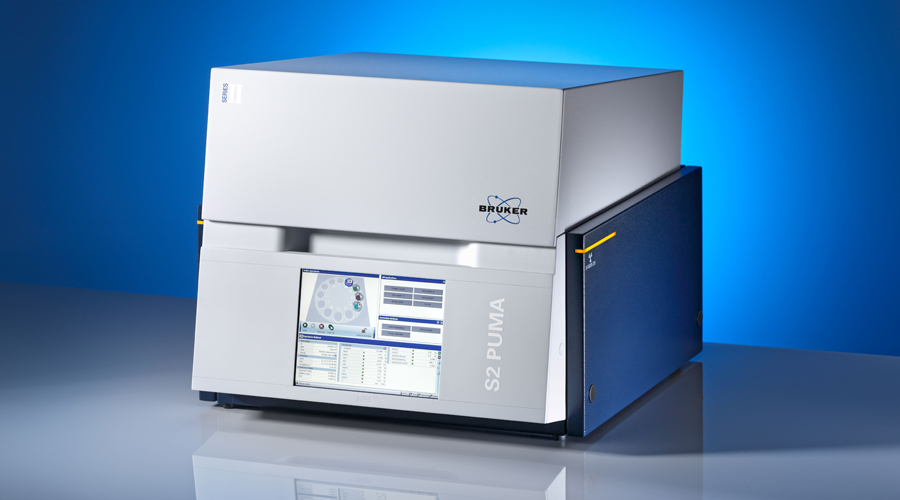

Produced Water, EH&S and Environmental Analysis
Bruker is Your Partner for Environmental, Health and Safety Detection and Analysis
Safety and environmental responsibility have become core missions of the oil and gas industry, particularly as exploration and production explores new frontiers. Key missions include the protection of life and property, human health and safety, spill protection and response, and managing discharge. Bruker provides a wide range of tools used to manage environmental and safety detection requirements from offshore to unconventional.
Oil in Water Analysis for Off-Shore Platforms
Wherever oil and grease are handled industrially and on a larger scale (e.g. offshore oil-rigs) their discharge into the environment should be tested. To analyze and extract oil and grease from water highly flammable solvents such as pentane or hexane are used in current standard methodology.
Of course, the use of these solvents on oil platforms is not permitted and the water samples must be transferred to a mainland lab. While infrared spectroscopy is widely used for traditional oil content determination, it also offers the opportunity to avoid costly and time-consuming transportation by using solid phase extraction.
The ASTM approved” Standard test method for solvent-free membrane recoverable oil and grease by Infrared determination D7575” is such a convenient alternative. In short, this method quantifies oil and grease by processing a water sample through an oil capturing membrane and analyzing the membrane – no hazardous or flammable solvents are involved.
By doing this, the analysis time including sampling and measurement is reduced to less than 15 minutes for most samples. Using parallel processing allows for processing many samples simultaneously.
Infrastructure Protection and HAZMAT
The detection, identification, and mitigation of hazardous materials and explosives has become mission critical for oil and gas operators. Oil and gas production and processing is critical infrastructure and has a requirement for rapid response to incidents, including substance identification. Bruker’s environmental and detection solutions provide workflow-centric and easy to use HAZMAT and CBRNE hazard detectors and instrumentation.
Positive Material Identification
Positive Material Identification (PMI) is the identification of the alloy for mission critical parts. Bruker’s portable XRF (pXRF), optical emission spectroscopy (OES), and laser induced breakdown spectroscopy (LIBS) are used to ensure the correct alloy is installed for high-temperature or high-pressure parts. This critical safety step prevents blowouts, critical failures, and saves lives.
Heavy Elements in Produced Water
Total reflection X-ray fluorescence (TXRF) brings the ability for on-site analysis of heavy elements in water to any location from offshore rigs to a rig-side tailgate. Detection limits down to ppb range can be achieved with no dilution, no consumable gas, and simple sample preparation. TXRF is an ideal method for testing produced water, offshore wastewater, soil and other liquids or dissolved solids for heavy metals like cadmium (Cd), mercury (Hg) and Selenium (Se).
Publications Related to Produced Water and Environmental Analysis
- 2019 - Journal of Environmental Science and Health: Adsorption study of heavy metals in aqueous solutions aiming at the treatment of contaminated groundwater
- 2016 - Spectrochimica Acta Part B: Atomic Spectroscopy: Practical guidelines for best practice on Total Reflection X-ray Fluorescence spectroscopy: Analysis of aqueous solutions








